Android companions, giant mechas and flying microbots used to be the sort of things that were the preserve of sci-fi writers but if this year's advancements in robotics are any indication, fiction might be getting a reality check sooner than we think. The question is what kind of future do they foretell – the dystopia of the Terminator franchise or a more benign one where humans and robots co-exist in relative harmony?
Co-working with robots
Will robots eventually make human workers redundant? Whether this question keeps you up at night depends on how adaptable you think human beings are. Sure, the move towards industrial automation will inevitably see low-skilled manufacturing jobs going the way of MySpace, and this UN report estimates that developing countries will be the hardest hit. However, this scenario doesn't necessarily portend the end of work for human beings, as the fearmongers would have us believe. If anything, the growing trend of using co-bots (collaborative robots) in industrial applications gives us a glimpse of what working with robots might look like in the future.

At San Francisco start-up Zume Pizza and at the Ford Motor Company's factory in Cologne, co-bots are being deployed alongside human employees to take care of repetitive and menial tasks on the production line. In the case of the latter, not only do they do the heavy lifting, these robots are also programmed to ensure their human co-workers' safety – they stop moving when their sensors alert them to any body part that is in their way. Asimov would be proud.
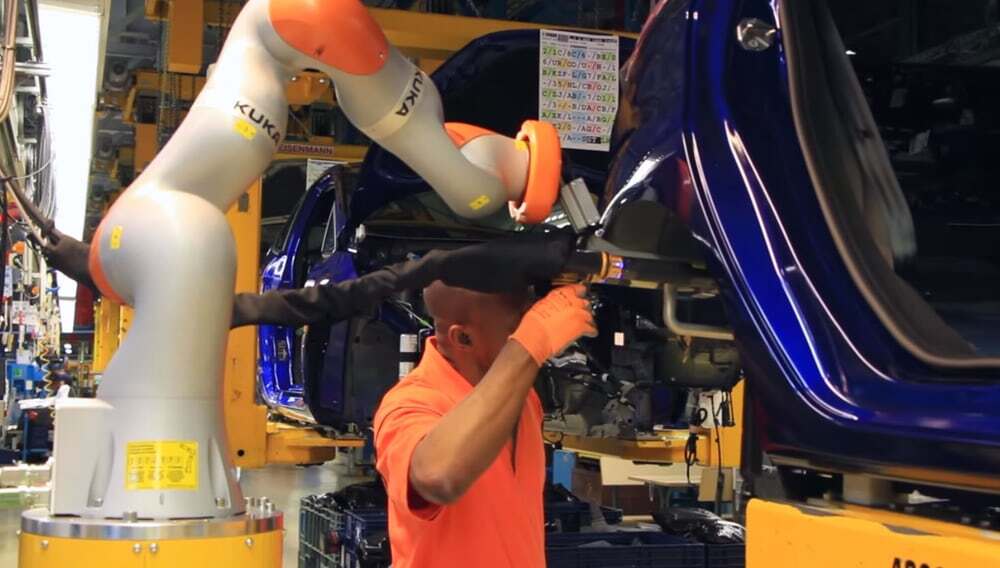
Instead of cutting jobs, Ford says that this move has actually added 28,000 jobs in the last five years. Plus, an MIT study at a BMW factory reports that human and co-bot teams are actually more productive than all-human or all-robot teams.
That said, this kind of human-robot collaboration is not limited to the manufacturing floor. In an age of never-ending to-do lists, some organizations are helping to lighten the workloads of overburdened staff by assigning robots to take care of tedious tasks, as is the case for libraries in Singapore, where they are being used to hunt down misplaced books, a thankless task, as any harried librarian will tell you.

In the case of resource-crunched companies, robots could literally provide an extra hand. For example, scientists in Singapore are developing massage robots to help physiotherapists cope with a burgeoning workload, an increasingly common occurrence in aging societies where there aren't enough practitioners to serve the needs of the population.
What these examples serve to show is that robots are not necessarily stealing jobs or rendering humans redundant. True, they are making certain jobs that we have always taken for granted expendable, but they are also paving the way for the creation of new roles – the question is whether we are prepared for them.
As Dr Ruth Stock-Homburg, Dean of the Faculty of Business Administration at Germany's Darmstadt University of Technology, puts it: "Many companies are deploying robots in an unreflected manner, without knowing beforehand what these changes mean for either employees, corporate culture, or customer relationships.
"New and more conceptual jobs for our future generations will automatically be created," she adds. "Companies should elicit these future jobs at an early stage and create new occupational fields before deploying robots."
Robots teaching robots

While we've still got a way to go before housekeeping robots a la Rosie in The Jetsons become a reality, continuing advancements suggest that we are slowly but surely making our way there. One challenge that has long stymied advancement in this arena is robot dexterity. Simple motions we take for granted, such as getting a glass of water, are still too complicated for most robots. Before we can deploy them to work in warehouses packing boxes (or doing our laundry and household chores), we need to crack this problem first.
Fortunately, researchers have been making strides in helping robots improve their dexterity with the help of self-learning algorithms. Over at the University of Washington, scientists have developed a five-fingered robotic hand that can mimic human movements and improve its performance on its own, while Google is hoping to speed things along by combining cloud robotics and deep learning to help robots learn and share new skills over a network. The latest series of Google experiments saw the robots learning how to open different types of doors. More importantly, it proved one thing: They learned how to do this faster when they worked as a group as opposed to alone.
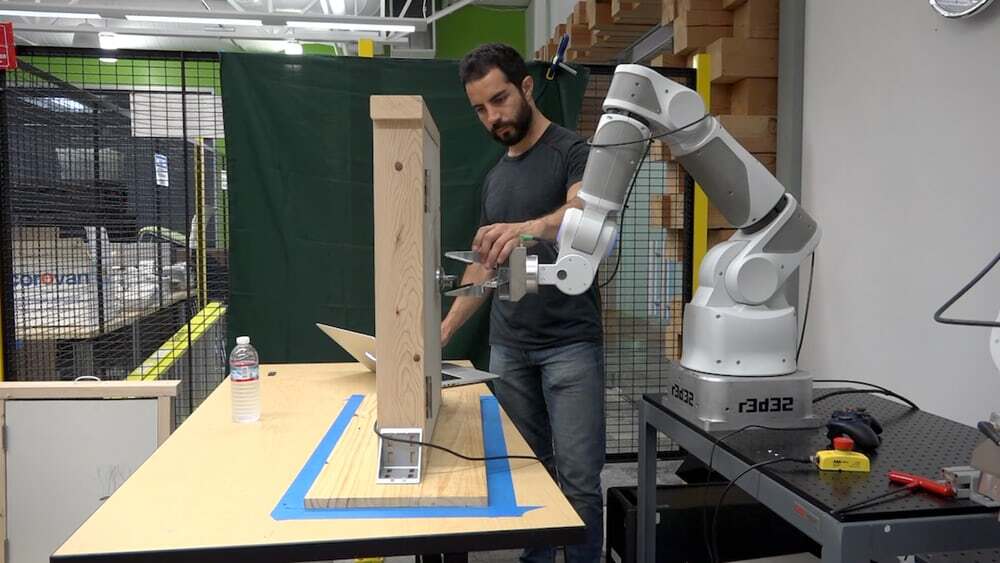
What Google is doing is particularly significant as the ability for robots to share their experiences with one another in the cloud is one of the biggest breakthroughs that will take robotics to the next level (and possibly usher in the dreaded singularity). Apart from doing away with the need to program each robot individually, it would dramatically accelerate the number of things robots can do and transform not just the workplace but also our homes and society at large.
Going where humans fear to tread
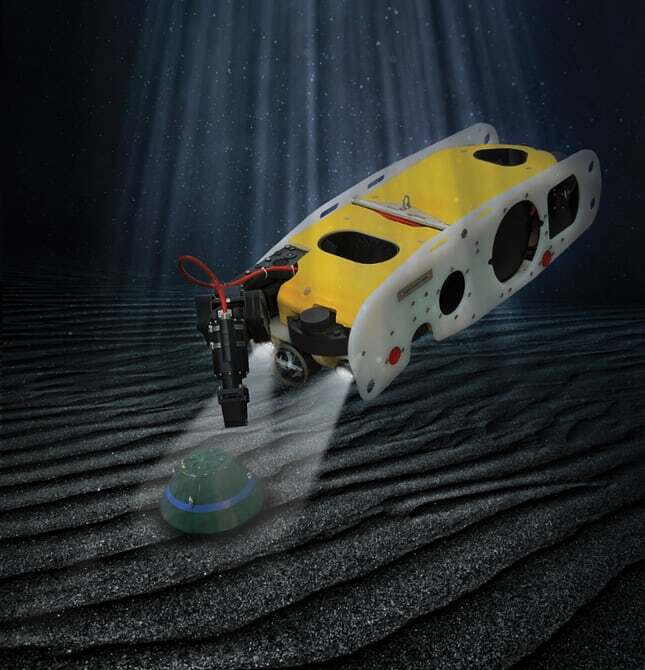
From underwater droids that can detect and neutralize Improvised Explosive Devices to robots that can demolish high-risk buildings without any cost to human life, 2016 has shown us once again the invaluable role that robots are set to play in disaster and high-risk situations.
One of the big names in this field is Boston Dynamics' humanoid robot Atlas, which has undergone numerous iterations since it was unveiled to the public in 2013. It can now open doors, operate indoors and out, learn to balance itself unaided on the edge of a plywood board less than an inch thick, and navigate uneven terrain. The last achievement is particularly noteworthy as it was one of the biggest challenges facing the robot. Thanks to a new algorithm installed by the Florida Institute for Human & Machine, it can now gauge its terrain and adjust its foot position and weight accordingly, just like a real human. It's anyone's guess what the Atlas will be able to do next, but when it is finally deployed in a real-time emergency situation we'll all be able to see how it fares under pressure.
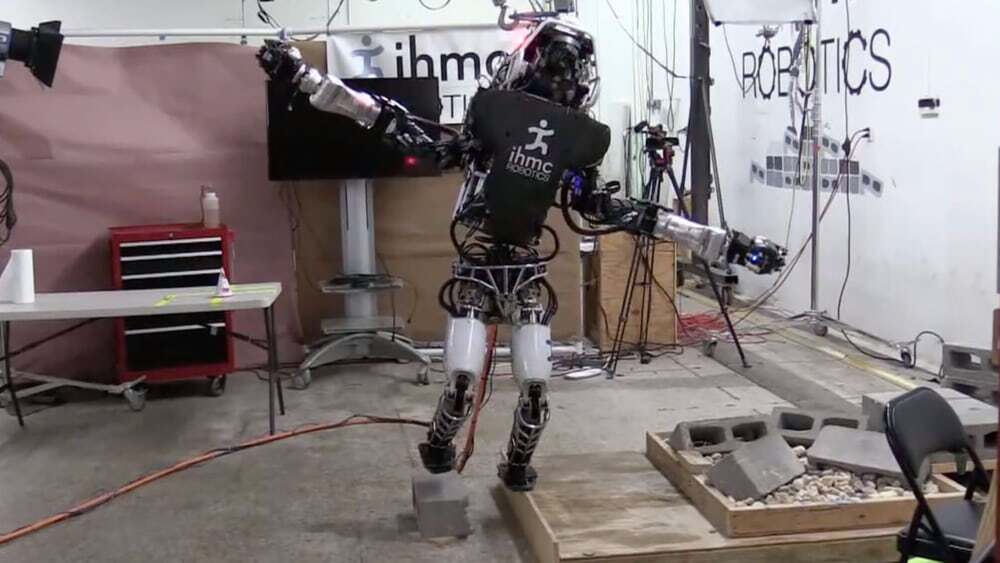
Further progress in this particular field of robotics means that the Atlas might one day be joined in its search-and-rescue missions by a crack team of reconnaissance robots, such as Harvard's flying RoboBee, which apart from being able to swim, can now perch and conserve its energy using electrostatic adhesion, thereby prolonging its operational life, a useful function to have if deployed in military surveillance or search-and-rescue operations.
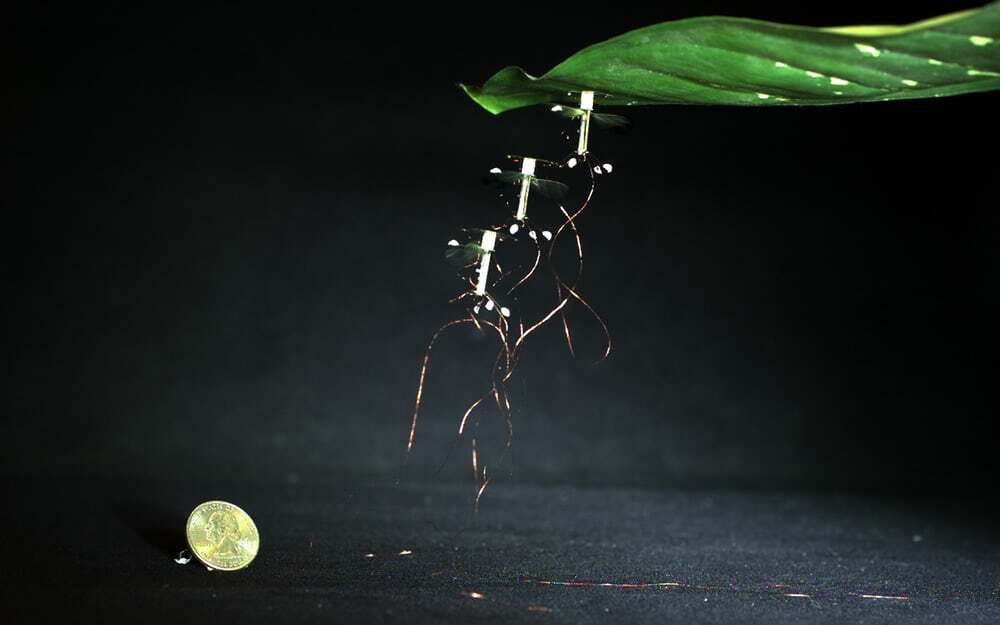
Another pint-sized candidate for deployment in danger zones is SALTO, a one-legged robot with the agility of a parkour athlete. Developed by UC Berkeley scientists, it has the highest vertical jumping ability of any robot in existence. Not only is it able to clear over a meter, it is able to do so continuously – something other jumping robots are unable to do – and gain height by jumping off walls, an ability inspired by the galago, a small wide-eyed African primate that can leap over tall bushes and between tree branches over and over again.
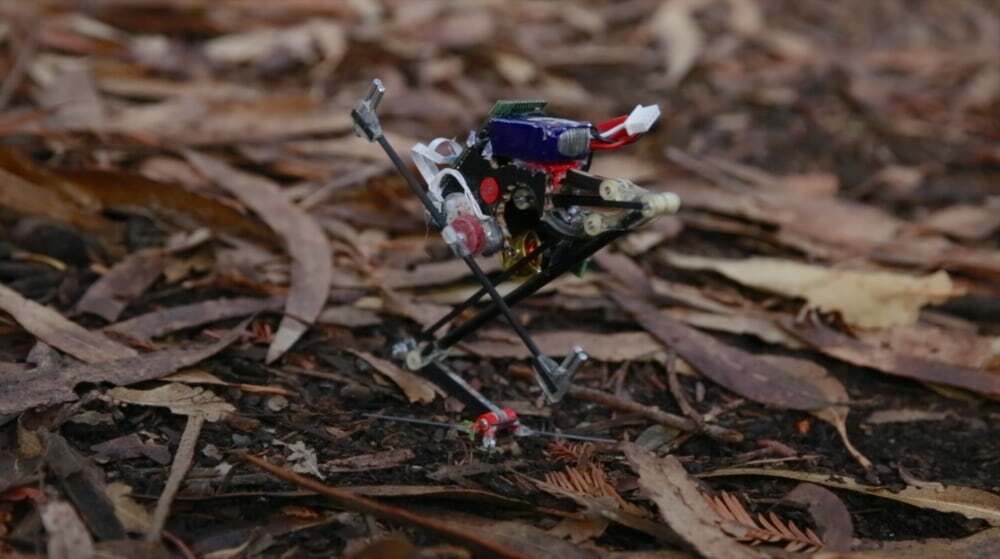
Pounding the pavements
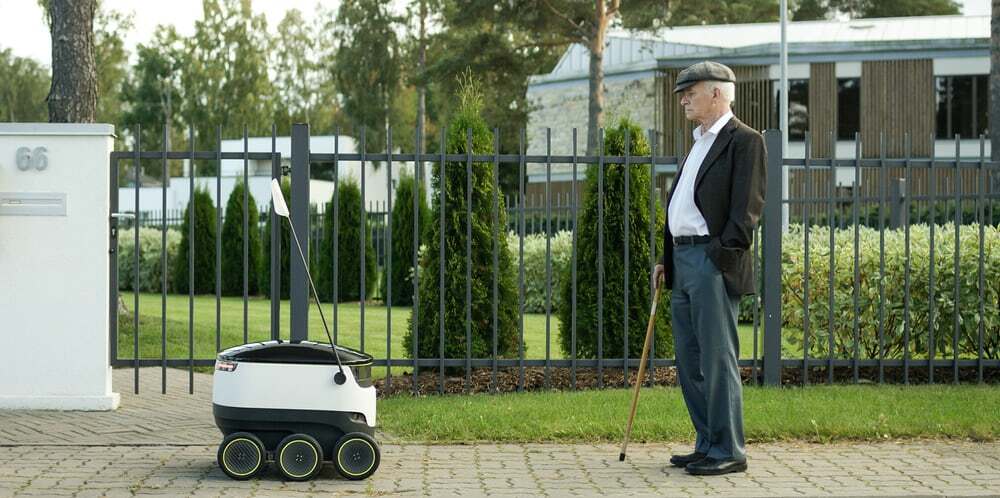
Given that we are entering an era of self-driving vehicles, it should come as no surprise that start-ups are also looking to disrupt the delivery sector with robots. Whether you're talking about pizza, restaurant takeout or meal kits, the fact is that more people than ever before are ordering food online, making the food-delivery business a potentially lucrative market. Problem is, it's also one of the toughest markets to crack.
Can delivery bots offer an edge over drones and traditional couriers and address those infamous last-mile challenges? London-based Starship Technologies certainly hopes so, making the argument that its robots are cheaper, faster, and more environmentally friendly than vans and that they would level the playing field for small businesses, many of which can't afford to hire delivery drivers. It made the world's first bot-driven food delivery this year and according to the company, its robots have journeyed over 5,000 miles in tests across Greenwich, Milton Keynes and Glastonbury, meeting over 400,000 people without a hitch.
Whether they'll be able to keep a clean record sheet in sketchier or denser neighborhoods is another question altogether – navigating the roads of a busy metropolitan city at rush hour is worlds apart from trundling along a picturesque suburban neighborhood with little traffic. Nevertheless, the fact that fast food chains such as Dominos are also getting in on the action suggests that there is a market for an alternative delivery system.
What's next?
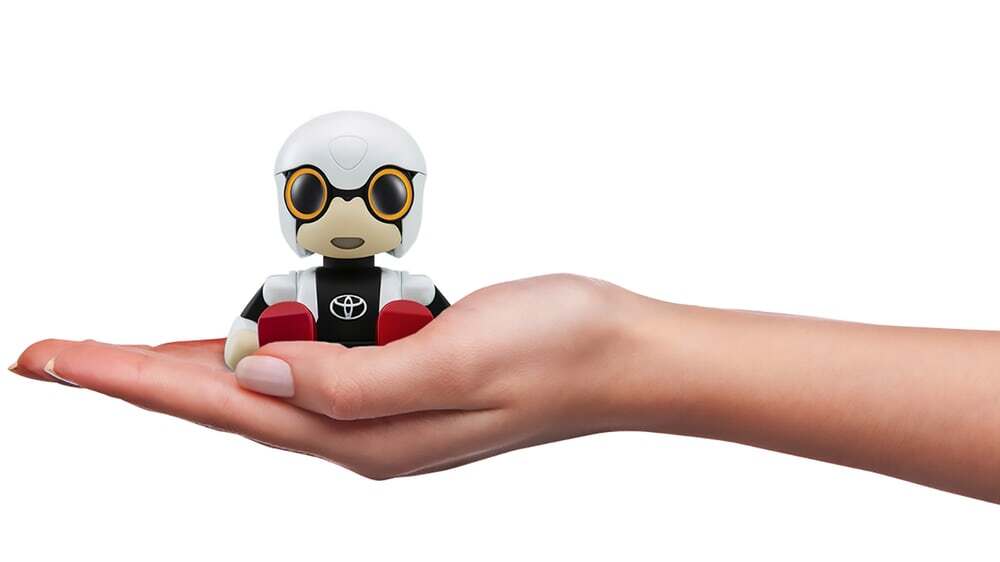
With technology in the field of robotics improving at light speed, it goes without saying that we are living in interesting times. The years ahead will see human-robot relations being placed under further scrutiny as companion bots become more commonplace. Toyota's Kirobo Mini, which will be available commercially next year, marks the first large-scale rollout for the personal robotics industry and, while the tiny robot might not be everyone's idea of a personal companion (if anything, it highlights the differences in Western and Japanese attitudes towards robots, a subject for another day), it's another example of real life imitating sci-fi, as people start turning to androids to fill the emotional voids in their lives.

Another 2016 breakthrough that might spawn more innovative offshoots is the Octobot, the first self-contained bot made entirely of soft materials. A departure from the hard-bodied specimens that we think of whenever we hear the word "robot," it is an achievement that builds on growing interest in soft robots, as they have the potential to be used in applications that conventional bots are not suited for – such as squeezing into tight spaces and handling delicate objects – and could lead to an entirely new generation of autonomous machines.
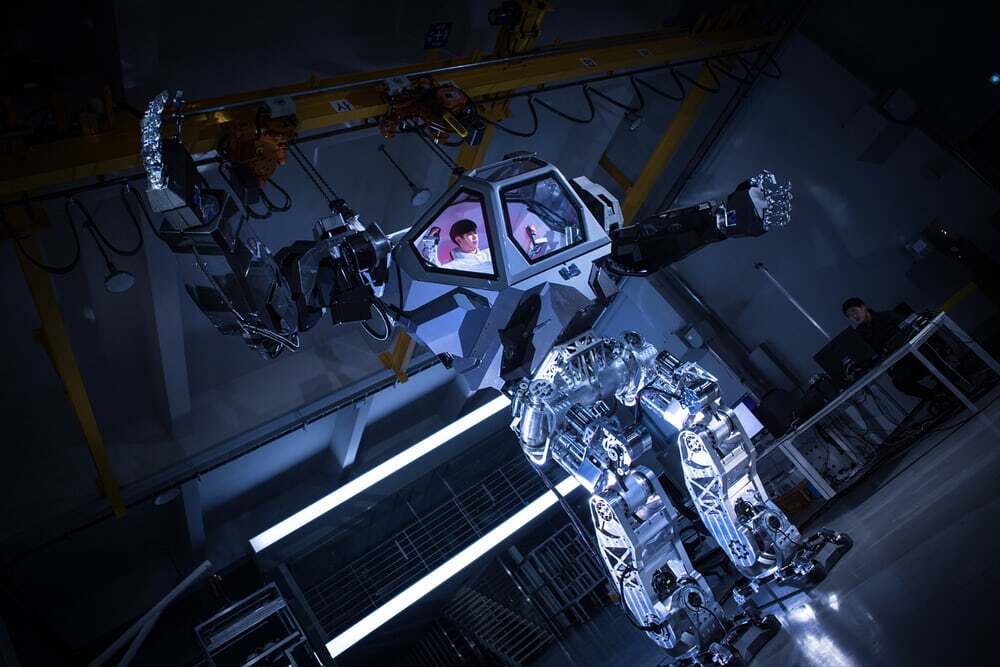
And whatever you might think of bipedal robots, Vitaly Bulgarov's 13-feet giant mobile suit is a fantasy come to life for anyone who grew up on the Gundam series. Who knows? One day, someone might just invent a mecha that can transform into an armored truck or a fighter plane. A nerd can dream.
Till then, here's to 2017 and a future of possibilities!



















